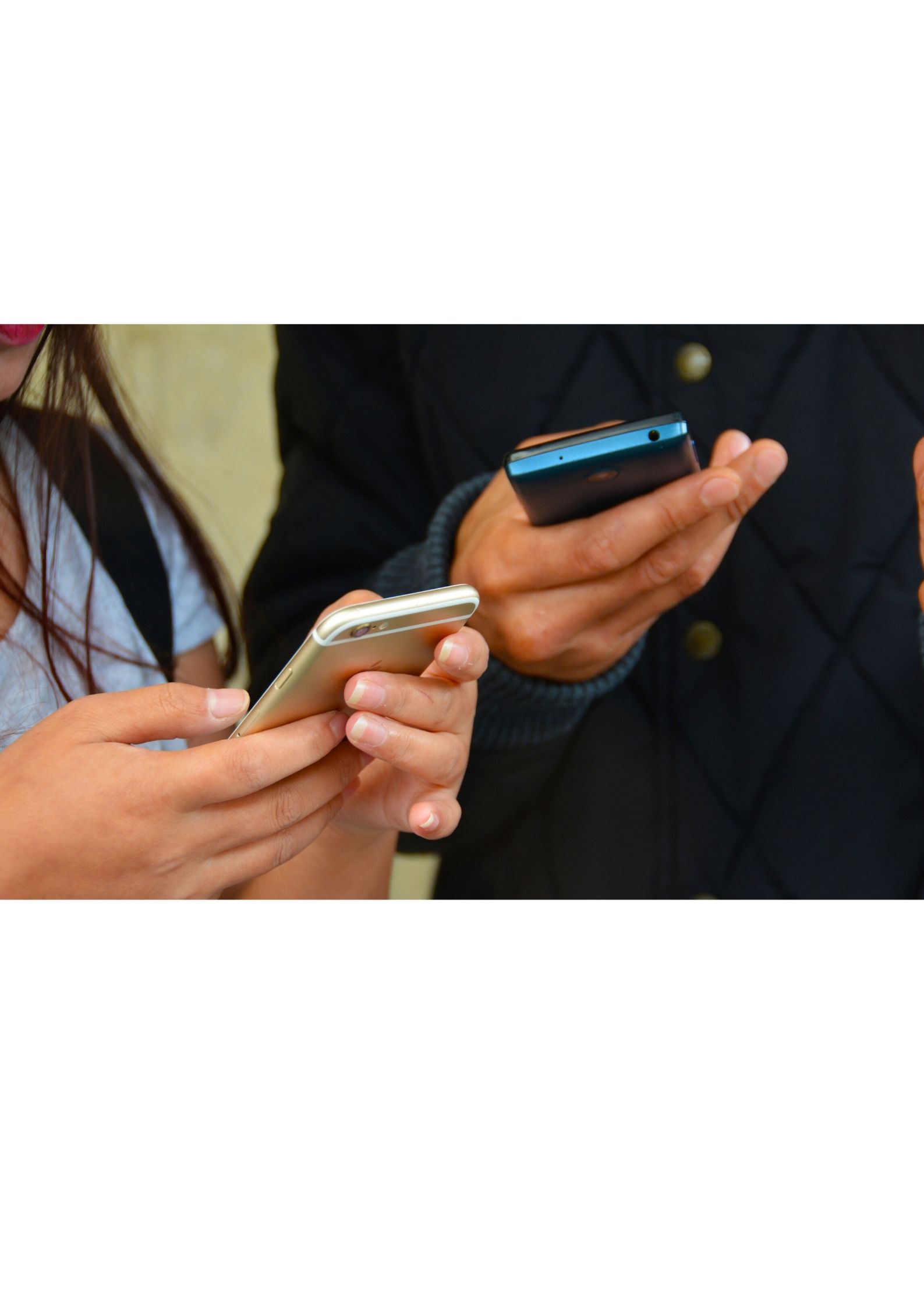“In 2020, connectivity is more important than ever. Internet access is a gateway to critical information, services and opportunities available to many people for the first time. Growth in internet access has been remarkable in low- and middle-income countries, where 2.9 billion people now access the internet on their mobile phones”, as set forth in the Mobile Gender Gap Report 2020, by the GSMA Connected Women Programme.
On 7 May, UNITEE participated in Understanding the Mobile Gender Gap in 2020 Webinar, where Oliver Rowntree, Senior Insights Manager at GSMA, highlighted the key findings from The Mobile Gender Gap Report 2020, challenges and opportunities together with a set of recommendations to different stakeholders working on addressing the mobile gender gap issue across the world.
Two of the main elements presented in the Report are The use of mobile internet and Ownership of mobile phones. The Report more specifically focuses on the fast developments happening in low- and middle-income countries in terms of the mobile gender gap, the evolution of factors that restrain women from their rights to mobile ownership and their use of the internet, and the expansion of mobile use as a result of the increase of smartphone ownership. From the report statistics, it is evident that women remain 20% less likely than men to use mobile internet, however, this mobile internet gender gap is closing quickly, driven by South Asia.
We would like to emphasize the importance of understanding the need to close the mobile gender gap by looking at the following takeaways across the surveyed countries where according to the report “78% of female mobile owners agreed that owning a mobile phone helps them in their day-to-day work, studies or household chores, 76% of them responded that mobile makes them feel safer, and another 82% said that by owning a mobile phone help them get access to useful information that is otherwise hard to get”.
For this reason, it is critical to take a wide of actions to help address the mobile gender gap. Various stakeholders working on the mobile gender gap need to understand and also address the needs and the barriers for women and consider the effect of social norms. As shown in the report, the main barriers that women face concerning mobile use are “Affordability, Literacy and skills, Safety and security, Relevance, and Accessibility”.
For us as UNITEE, it is important that we highlight the recommendations given from this mobile gender gap report, as we remain open to engaging generally on the issue of digital inclusion for women. Therefore, in order to address the barriers that women face on their mobile and internet use, the report provides with overall recommendations that underpin the main barriers, as in the following:
When it comes to the Affordability barrier, there’s a lot to be done there, but “it is important that stakeholders support industry to lower the up-front cost of mobile handsets at point of purchase”, in terms of the second barrier Literacy and skills, many things need to be done here as well. However, a key thing to do is “Provide training to women and girls to improve digital skills, including in schools”, for the third barrier Safety and security the following recommendation is given “Develop application, services and other measures to help women feel safer online”,
For the Relevance barrier, it is of importance to “Communicate relevance of mobile for women’s day to day lives, including providing access to financial services”, and finally the barrier of Accessibility, it is recommended to “Ensure internet services and operating systems are available in local languages”

Leave a Reply